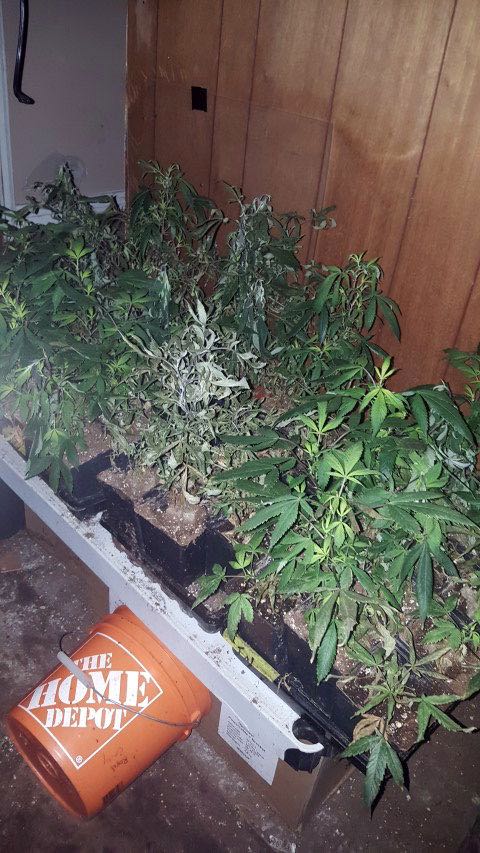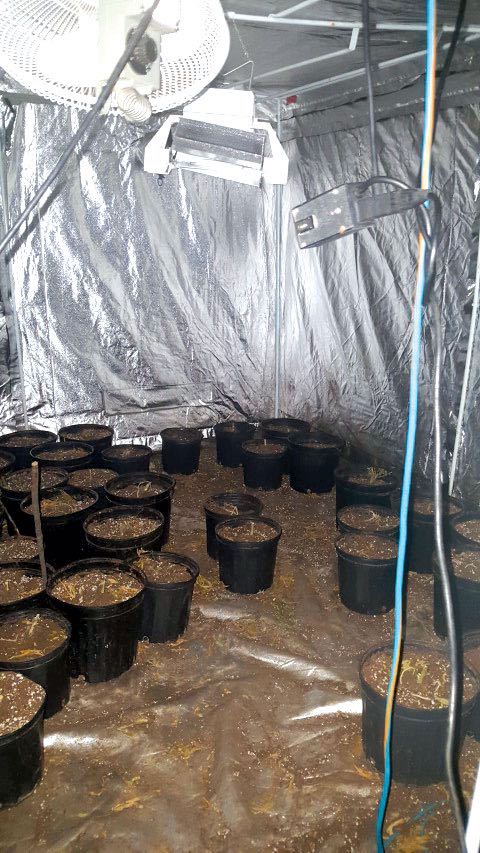MARIJUANA GROW OPERATION
A property owner and landlord were caught off guard when the police seized over 400 cannabis plants from one of their rented properties.
Pesticides were recovered at extremely low concentrations and were deemed not to be a concern during remediation
Once the police identified the residence as a marijuana grow operation (MGO), the water was shut-off, the electricity was disconnected, the natural gas supply was closed, and the City placed a no occupancy notice on the door. Under the City of Ottawa by-laws, a City approved professional engineer must be retained to lead the MGO remediation. As such, CM3 was approached by the property owner to investigate, and lead the remediation of the property.
The initial action included the completion of a building condition assessment and MGO pre-cleaning to remove all the contents from the residence, including but not limited to the MGO equipment, residual cannabis, and other contents the growers/renters left behind.
Once the building was completely empty, an extensive mould assessment was completed to determine the extent of mould growth present within the residence in order to provided recommendations for the appropriate remedial actions, and assess the potential health risks for building occupants. The assessment included a top-to-bottom, inside and out approach, with air sampling and surface sampling completed throughout the residence. In summary, elevated airborne mould concentrations were established throughout the residence, and visible mould impacts were confirmed on the floor and wall finishes throughout the basement. In addition, swab samples were collected from each known MGO area within the home for multi-residue analysis for pesticides. Pesticides were recovered at extremely low concentrations and were deemed not to be a concern during remediation
Considering the findings of the mould assessment it was recommended that level III mould remediation activities be completed in the basement by a qualified mould remediation contractor. The remediation included the removal of all wall finishes, including oriented-strand board finishes, wall panels, vapour barrier, insulation, damp proofing, and the raised wood flooring. Level I mould remediation was recommended to clean the main floor. All work would be completed following standard industry practices (Canadian Construction Association Mould Guidelines, and IICRC S500/S520 Guidelines), prior to occupancy and the completion of additional assessments.
Since demolition was required as part of the remediation a designated substance survey was completed, which identified asbestos-containing flooring, caulking, ductwork insulation, and vermiculite loose fill insulation in the attic. For the mould impacts in the basement to be removed, only the asbestos containing flooring and ductwork required removal as part of the remediation. However, considering the overall cost, and the potential long-term cost savings and the elimination of asbestos exposure risk our client decided to remove all other asbestos-containing materials at the same time. The designated substance report also identified the presence of lead-based paint in the garage.
Upon the completion of the mould remediation, CM3 completed post remediation testing to determined the successful completion of the job. Once acceptable results were obtained, our report was submitted to Ottawa Public Health for approval. With their blessing, we were given permission to move to the next stages of the MGO remediation.
Experts on this Case Study

Richard Pope
CET

Marc MacDonald
PEng
Principal Consultant







